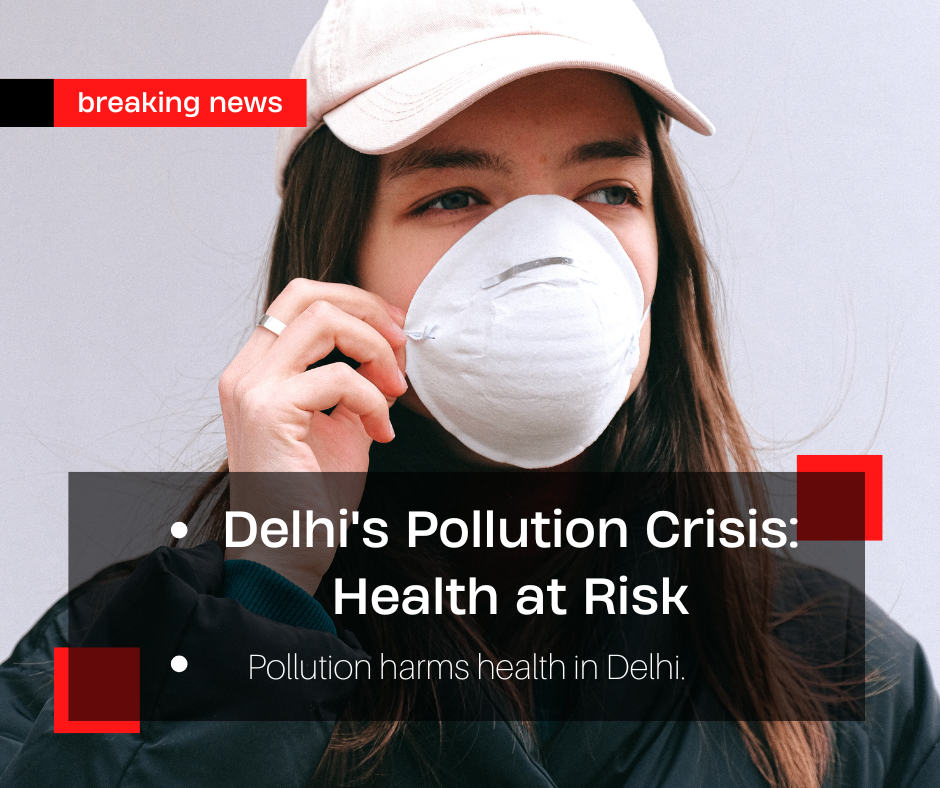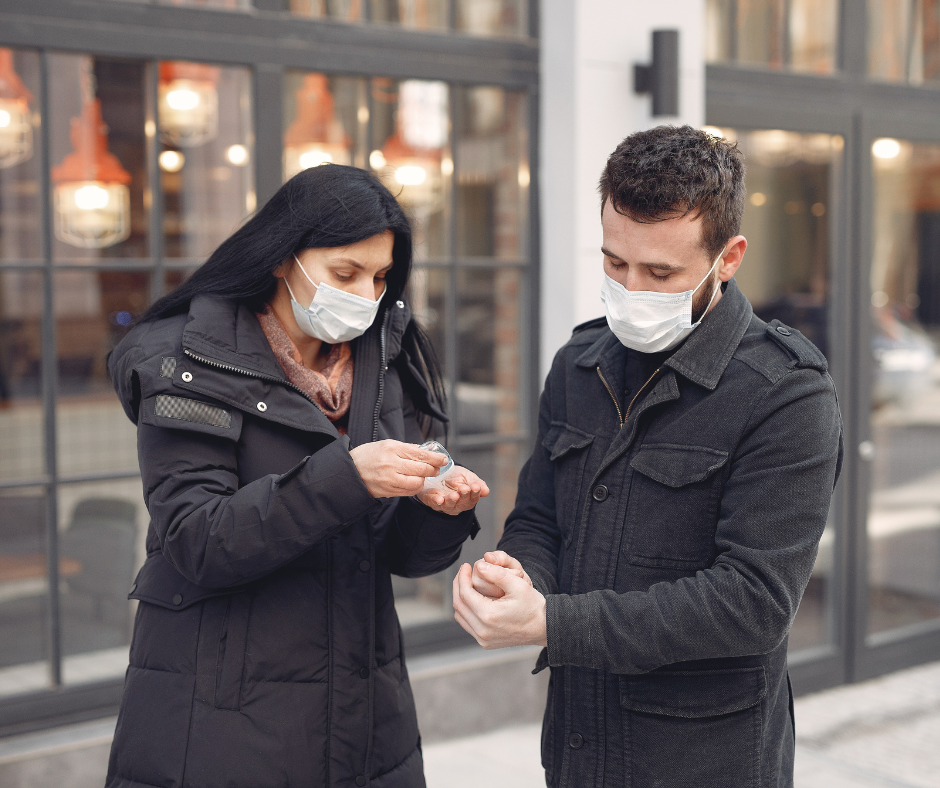
Delhi, the capital of India, is known for its rich history, vibrant culture, and bustling streets. However, there’s a serious problem that many people face every day: air pollution. Over the years, the city’s air quality has become a major concern, affecting not just the environment, but also the health and well-being of its residents. Each winter, the situation becomes even worse, as the level of pollution rises to dangerous levels, putting everyone at risk.
What is Air Pollution?

Air pollution happens when harmful substances, such as smoke, dust, chemicals, and gases, mix with the air we breathe. In Delhi, the main sources of pollution include vehicle emissions, industrial waste, burning of crop stubble in nearby states, and construction activities. The smoke from these sources adds to the thick fog, making the air toxic and hard to breathe. This is especially true during the winter months, when cooler temperatures trap pollutants in the air.
The pollution in Delhi is measured using an Air Quality Index (AQI). An AQI above 200 is considered unhealthy, and anything above 300 is classified as hazardous. Sadly, Delhi’s AQI regularly crosses these levels, making the air dangerous for everyone, including healthy individuals.
How Does Pollution Affect Health?

Breathing polluted air can cause a range of serious health problems. The most immediate effects are seen in the lungs and heart. People may experience coughing, shortness of breath, and irritation in the eyes and throat. For those with pre-existing health conditions, like asthma, bronchitis, or heart disease, the risks are even higher.
Long-term exposure to polluted air can lead to chronic respiratory diseases, heart attacks, and even lung cancer. The pollutants in the air can also affect the brain, leading to memory loss, fatigue, and in some cases, mental health issues. Children and elderly people are particularly vulnerable, as their immune systems are weaker.
The Impact on Children

Delhi’s air pollution has a severe impact on children. Young lungs are more sensitive to pollution, and breathing in toxic air can stunt their lung development. Many children in Delhi suffer from respiratory problems such as asthma, bronchitis, and frequent coughs. Some even have to miss school due to poor health. The long-term effects on children’s health can be worrying, as constant exposure to bad air can affect their ability to grow, learn, and thrive.
Research has shown that children living in areas with high pollution levels have lower IQs and experience slower cognitive development. They are also more likely to develop long-term conditions such as asthma and allergies. With pollution levels in Delhi regularly reaching hazardous levels, these health issues are becoming more widespread among young people.
The Economic Cost
Apart from the health risks, air pollution in Delhi also comes with a huge economic cost. Hospitals are filled with people suffering from respiratory and heart-related issues due to pollution. Many workers have to take sick leave, reducing productivity. The healthcare system is under pressure, and the cost of treatment for pollution-related diseases is rising every year.
In addition, air pollution also harms the environment, affecting crops, water quality, and natural habitats. Poor air quality can reduce the number of tourists visiting Delhi, as many travelers avoid places with high pollution. This hurts the economy, as tourism is an important source of income for the city.
What is Being Done to Address the Crisis?
The government has taken some steps to combat Delhi’s pollution crisis. One of the major initiatives is the introduction of the Odd-Even scheme, which aims to reduce the number of cars on the roads by allowing vehicles to run on alternate days based on their license plate numbers. There are also efforts to promote electric vehicles and improve public transportation to reduce the number of polluting vehicles.
Another important step is the ban on burning crop stubble, which is a major contributor to pollution during the winter months. Farmers in nearby states like Punjab and Haryana burn leftover crop residue, sending thick smoke into Delhi’s air. However, enforcement of this ban has been difficult, and many farmers continue to burn stubble due to a lack of alternatives.
The Delhi government has also been working on improving waste management and cracking down on construction dust, which contributes to pollution. In addition, the city has increased the number of green spaces, such as parks and tree plantations, to help reduce pollution levels and improve air quality.
However, these measures are not enough. The city’s growing population, increasing number of vehicles, and rapid industrialization are major challenges. More needs to be done to reduce pollution at its source and protect the health of Delhi’s residents.
What Can You Do to Protect Yourself?

If you live in Delhi, it’s important to take steps to protect your health from the harmful effects of air pollution. Here are a few simple things you can do:
- Stay Indoors During High Pollution Days: If the air quality is very bad, try to stay inside as much as possible, especially if you have respiratory conditions.
- Use a Mask: Wearing a pollution mask can help reduce the amount of harmful particles you breathe in. Choose one that filters out fine particles, known as PM2.5.
- Air Purifiers: If possible, use an air purifier in your home to filter out toxic particles from the air inside.
- Avoid Physical Activity Outdoors: Avoid running, cycling, or exercising outdoors when pollution levels are high. This can reduce the strain on your lungs and heart.
- Improve Indoor Ventilation: Open windows and doors when the air quality improves to let fresh air in.

































